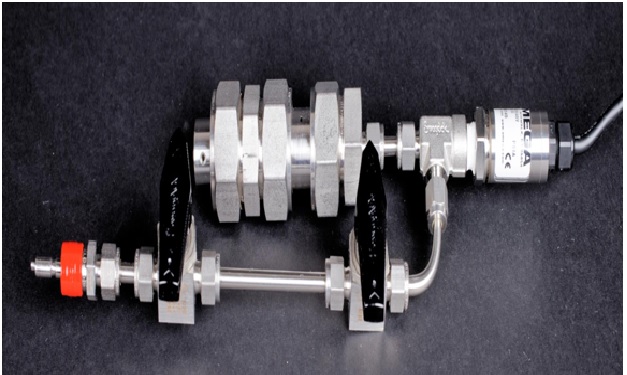University of Cambridge Created a Super Capacitor Device Can Absorb CO2
Researchers from the University of Cambridgehave come up with a low-cost device that can partially capture carbon dioxide gas while it charges. While it discharges, the CO2 can be released in a controlled way and collected to be reused or disposed of responsibly.

Figure 1: low-cost device to capture CO2.
Figure 1 shows that the supercapacitor device resembles a rechargeable battery, is the size of a two-pence coin and is made from sustainable resources like coconut shells and seawater.
The idea belongs to the researchers from the University of Cambridge. The supercapacitor could help power carbon capture and storage technologies at a much economical cost. Around 35 billion tons of CO2 are released into the atmosphere per year and it needs to be reduced to avert the climate crisis. [1]
The supercapacitor consists of two electrodes of positive and negative charge. The team tried alternating from a negative to a positive voltage to extend the charging time from previous experiments. This improved the supercapacitor’s ability to capture carbon.
A supercapacitor is similar to a rechargeable battery but the main difference is in how the two devices store charge. A battery uses chemical reactions to store and release charge, whereas a supercapacitor does not rely on chemical reactions. Instead, it relies on the movement of electrons between electrodes, so it takes longer to degrade and has a longer lifespan. [2]
“The trade-off is that supercapacitors can’t store as much charge as batteries, but for something like carbon capture we would prioritize durability,” said co-author Grace Mapstone. “The best part is that the materials used to make supercapacitors are cheap and abundant. The electrodes are made of carbon, which comes from waste coconut shells.
“We want to use materials that are inert, that don’t harm environments, and that we need to dispose of less frequently.”
However, this supercapacitor does not absorb CO2 spontaneously: it must be charging to draw in CO2. When the electrodes become charged, the negative plate draws in the CO2 gas, while ignoring other emissions, such as oxygen, nitrogen, and water, which don’t contribute to climate change. Using this method, the supercapacitor both captures carbon and stores energy.
“This field of research is very new so the precise mechanism working inside the supercapacitor still isn’t known,” said Temprano. The research was funded by a Future Leaders Fellowship to Dr. Forse, a UK Research and Innovation scheme developing the next wave of world-class research and innovation. [3]
References:
- https://wonderfulengineering.com/this-new-low-cost-battery-like-device-can-absorb-co2-emissions-while-it-charges/
- https://indiaeducationdiary.in/university-of-cambridge-low-cost-battery-like-device-absorbs-co2-emissions-while-it-charges/
- https://scitechdaily.com/new-low-cost-battery-like-device-captures-co2-emissions-while-it-charges/
Cite this article:
Sri Vasagi K (2022), University of Cambridge Created a Super Capacitor Device Can Absorb CO2, Anatechmaz, pp. 350

